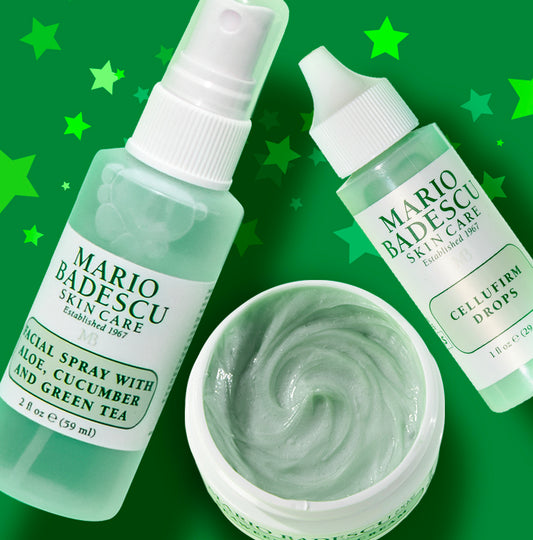Missed the first two lessons? No worries – head on over, here and here.
. . .
You’re not exactly oily, you’re not exactly dry. So what are you?
Combination skin includes a variety of skin types: dry, oily or normal areas on the skin that may vary seasonally or with environmental changes. Take now, for instance. The transition from summer into autumn is when you may see changes in your skin; in the summer it veers on the oilier side, and once the weather is cooler and less humid, your skin starts to feel drier in certain patches. We’d call it perfectly normal, but in the interest of technicality, we’ll say it’s perfectly combination.
What does combination skin look like?
As always, there’s no skin type is set in stone: variations are tenfold from skin to skin. Most common, however, is that the areas around the cheeks, eyes and neck are dry while the areas across the forehead and down toward the nose and chin – the infamous T-zone – are oily.
Some may experience a bit more flakiness and ashiness while others may see more enlarged pores around the nose and just a bit of dryness around the sides of the face – combination skin is truly dependent on the individual. You might be oilier, you might be drier – there’s no telling of what combination skin exactly is.
How do I take care of combo skin?
Customize your skincare regimen – pick and choose from different “set” regimens to find something that suits your skin best. For example, pick a cleansing gel (typically for combo/oily to oily), an alcohol-free toner (typically for dry to combo/dry), and the Buttermilk Moisturizer. The combinations are endless – your regimen doesn’t have to be linear. It’s all about what works for you – there aren’t rules in skincare!
. . .
Any other questions? Ask them in the comments below!
. . .
(image via)



